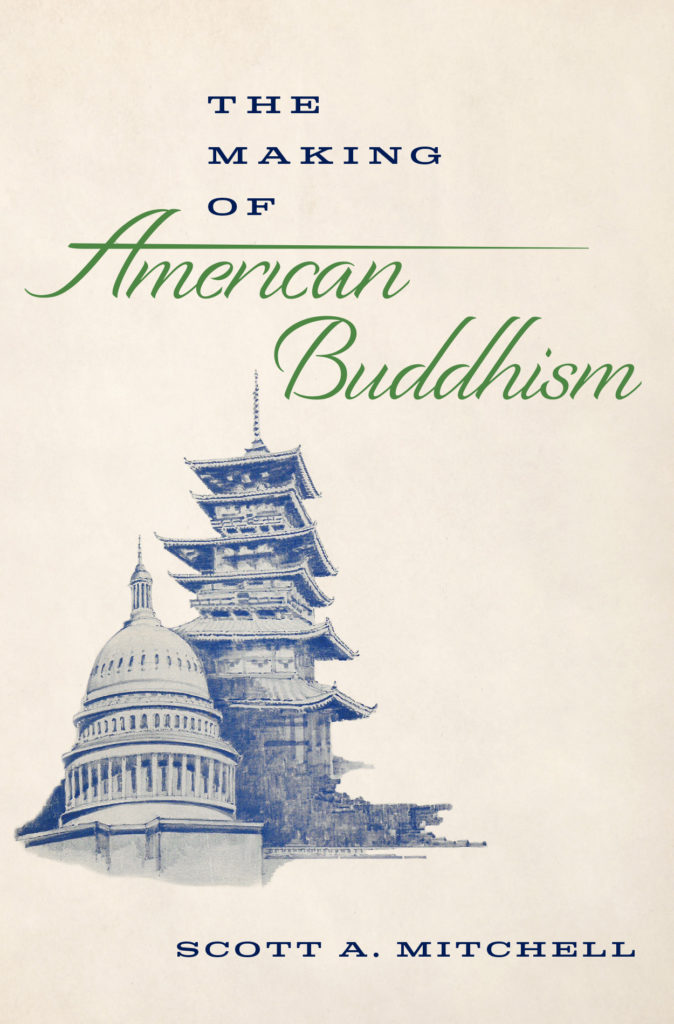The Making of American Buddhism
is a book about the possibility-making labor of Japanese Americans who are responsible for the popularization of Buddhism in the post-war years. Buy the book from:
- direct from the press (most recommended)
- Bookshop.org (a bit pricier)
- Amazon (less recommended but available as ebook)
- or your local independent bookstore.
News & Updates
- Video from the May 2023 book launch is now available on Vimeo
- An excerpt from chapter four has been published by Buddhadharma and can be read on the Lion’s Roar website.
- An interview with Tori Montrose about the book on the New Books in Buddhist Studies podcast.
- Review by Hozan Alan Senauke on Buddhistdoor
- Richard Payne’s write-up of the book
- The Making of American Buddhism featured on local news site, Berkeleyside
- An interview with Mariana Restrepo on the Lion’s Roar Podcast
- Dharma Bum Temple, San Diego, January 2024
- IBS Symposium at the BCA National Council Meeting, February 2020
- Book talk at the Buddhist Temple of Salinas, April 2020
- Review by Jen Reinke at the Journal of Global Buddhism
- Review by Daryn Henry at Reading Religion
- Review by Richard Payne at Buddhist-Christian Studies
- Review by Michael Masatsugu on H-Buddhism
- Review by Drew Baker in Nova Religio

